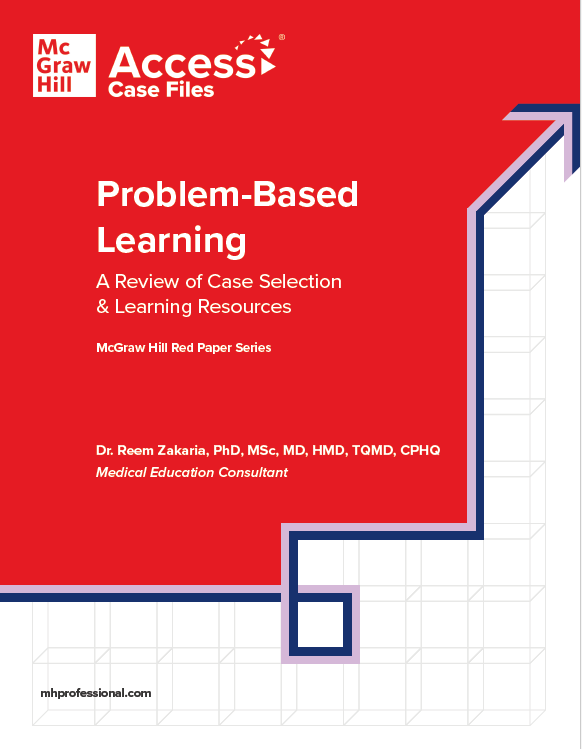How does PBL help students to develop problem-solving skills?
How does PBL help students to develop problem-solving skills?
One of the key advantages of problem-based learning is that it enables students to develop effective problem-solving skills such as analysis, decision-making and reflection. By implementing problem-based learning in the classroom, faculty therefore helps to develop well-rounded medics with advanced critical thinking and communication skills that will serve them well throughout their careers.
What types of problems do students confront in problem-based learning?
In problem-based learning sessions in the classroom, small groups of students are given a case derived from real world or hypothetical scenarios. They then analyze the problem together, identify the gaps in their existing knowledge, and go away to undertake self-directed learning before meeting again to share their findings and present the problem, provide a solution, and explore their newly gained knowledge and skills.
Cases must be carefully formulated by faculty members. They should be challenging and multidisciplinary, with a clear flow of information, have clear and well-defined objectives, and may be closed or open-ended. Crucially, they must meet pedagogical considerations: meeting students’ learning needs without being too directive, supporting group discussions and stimulating higher order thinking/cognitive skills.
McGraw Hill’s Access platforms provide diverse resources to support educators in formulating suitable case studies. We offer narrative cases with supporting evidence such as medical investigations (e.g., x-rays), visual resources, and audiological resources (e.g., heart and chest sounds, or part of a conversation between doctor and patient).
The four fundamental principles of problem-based learning
Problem-based learning is said to have four underlying principles: it’s constructive, self-directed, collaborative, and contextual. On their own and combined, these principles foster students’ problem-solving skills.
1. Constructive
PBL is a student-centered approach that requires learners to construct their own knowledge from various sources. Their tutor is there to guide and facilitate rather than to impart knowledge. Students learn critical thinking skills such as questioning, setting priorities, testing hypotheses, reasoning, and evaluation.
2. Self-directed
PBL requires students to carry out their own research into a topic. This learning can present quite a step change from high school, where pupils are largely instructed by subject teachers. Self-directed learning largely involves library research but could include other methods such as questioning subject experts. Planning, reflection, and information management are all vital problem-solving skills here.
3. Collaborative
Students work in small groups to puzzle out case studies and co-construct knowledge. They need to discuss a problem, take on group roles and responsibilities such as chair or scribe, share learning, and overcome differences of opinion or resolve group dynamic issues. They will develop problem-solving skills such as goal setting, decision-making, communication, and conflict resolution.
4. Contextual
PBL is based on real-world case studies (authentic or otherwise). Students learn how to apply abstract ideas to practical settings. Through this learning process of discovering, reinforcing, and relating, students acquire a deeper, more versatile, and more pragmatic understanding of new concepts.
In this way, a classroom problem-based learning pedagogical approach aims to develop well-rounded clinicians with excellent problem-solving skills. Throughout their medical careers, these medics should be more able to carry out investigations, make diagnoses, consult patients and colleagues, and keep themselves abreast of new developments in their specialism and related fields.
To discover more about problem-based learning in the classroom, download our new guide, Problem Based Learning: A Review of Case Selection & Learning Resources for free today.





